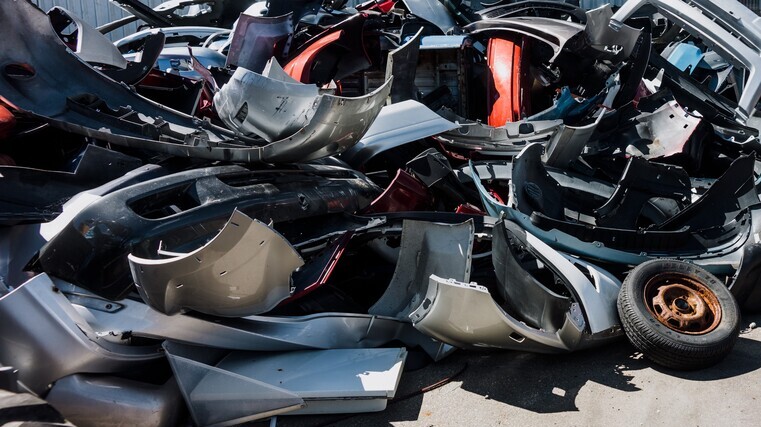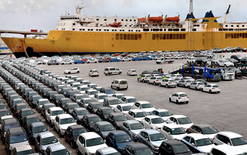Bumper scheme tackles waste

The Motor Trade Association (MTA) has developed a new programme to stop car bumpers and other vehicle plastic waste heading to landfill and instead repurpose them as part of the circular economy.
An estimated 100,000 bumpers end up in landfills every year because of vehicle collisions, repairs or insurance write-offs.
The MTA hopes its scheme, plastic2eco, will get that number close to zero by the end of next year and end the “environmental nightmare” of dumped bumpers sitting in the country’s landfills for centuries.
Larry Fallowfield, an MTA sector manager, says collision repairers have wanted to address the problem for years but challenges to creating a successful programme have been collection, transportation and a final end-use solution.
“Collision repairers want to do the right thing by the environment, but there’s simply been no way to dispose of bumpers in an environmentally supportive way,” he adds.
However, under the plastic2eco programme, bumpers will be placed in specially designed cages and collected from participating collision repairers by Alloy Logistic Solutions. The cage development was supported by an Accident Compensation Corporation (ACC) workplace injury prevention grant.
The waste bumpers are then taken to Waiuku recycling business Future Post to be repurposed as fencing products.
The MTA hopes bumpers and other plastic vehicle waste created during the collision repair process will also be converted to an alternative fuel by resource management company Enviro NZ. This alternative fuel will substitute coal in an industrial process.
The initial stage of plastic2eco begins this month, focusing on collecting waste bumpers and inner guard liners from Auckland's southern and eastern suburbs. Forty businesses are expected to be taking part by the end of June.
It will be expanded to Hamilton, New Plymouth and other Auckland suburbs before being rolled out across the North Island in late 2025 and the South Island around mid-2026.
By the end of 2026, it’s hoped almost no bumpers will end up in landfills.
“The automotive industry is committed to being as environmentally responsible and proactive as possible,” Fallowfield explains.
“Insurance companies are critical to the success of the plastic2eco programme. We really need them to support participating collision repairers by paying for the collection and processing of the bumpers, rather than leaving it to small business owners to foot the bill.
“We are optimistic the insurance industry will recognise this as an opportunity to meet their own environmental targets, and give back to future generations.
“This is a massive step for our industry, and our goal of playing an important role in a healthier, cleaner future for everyone.”





